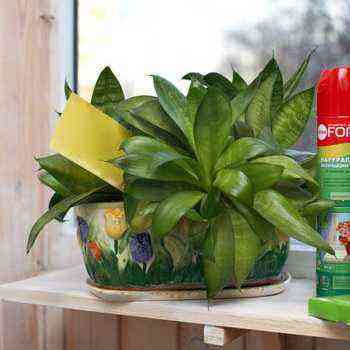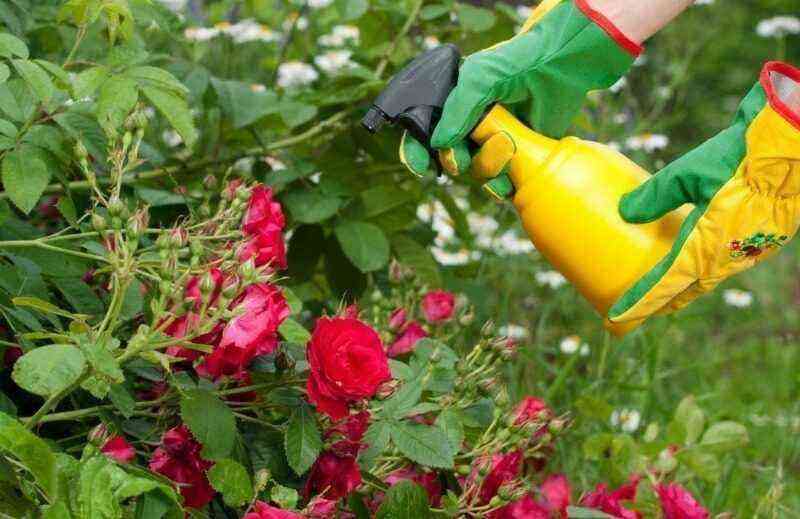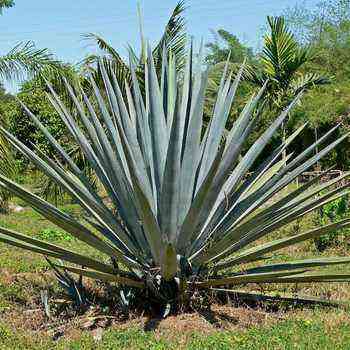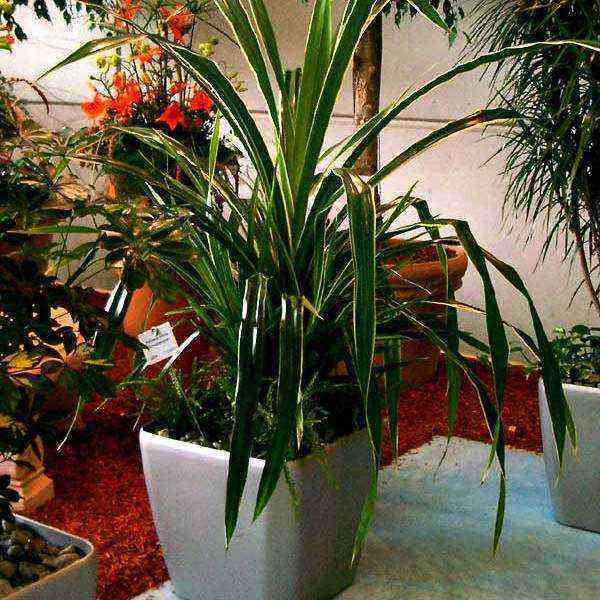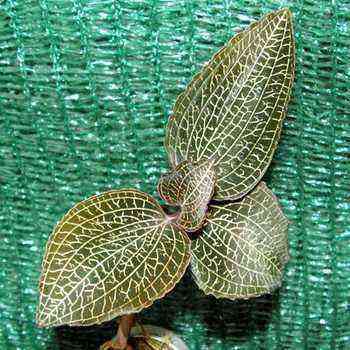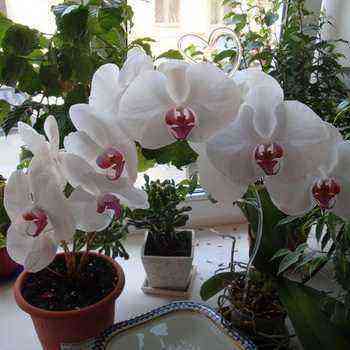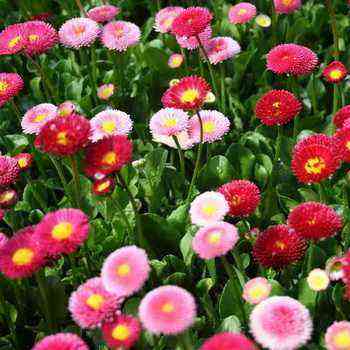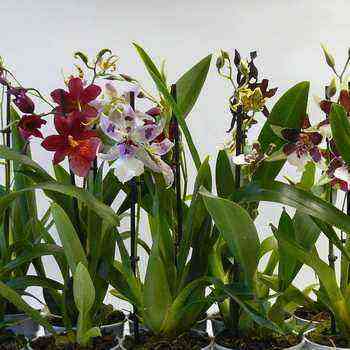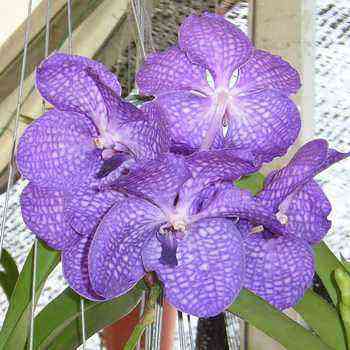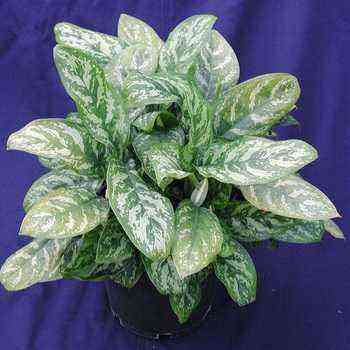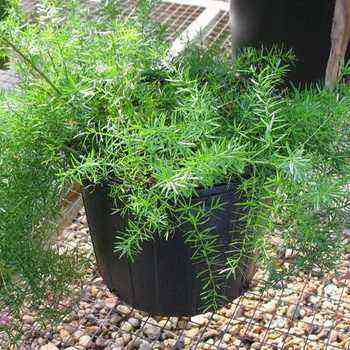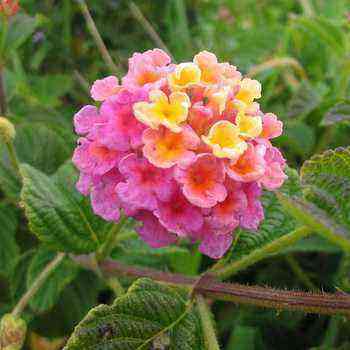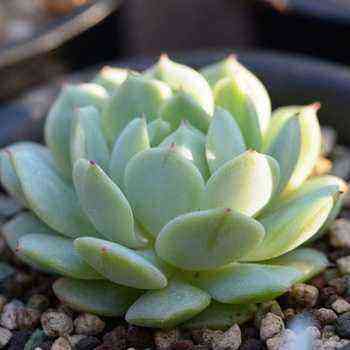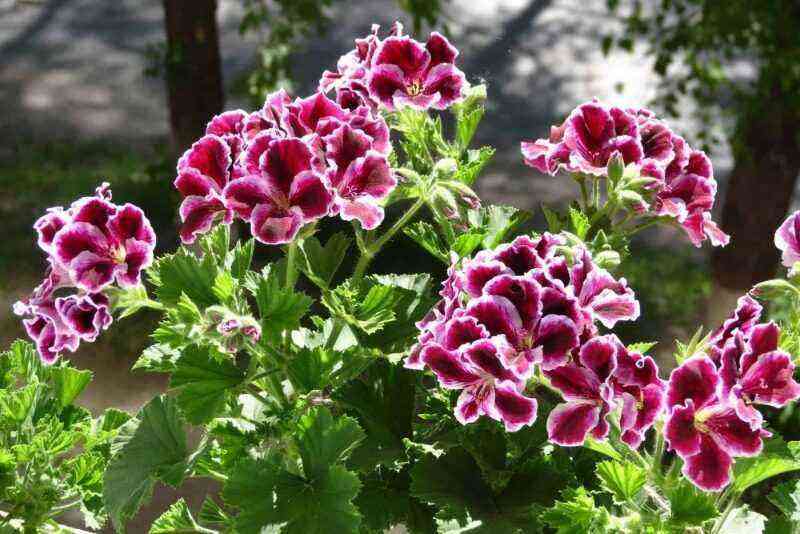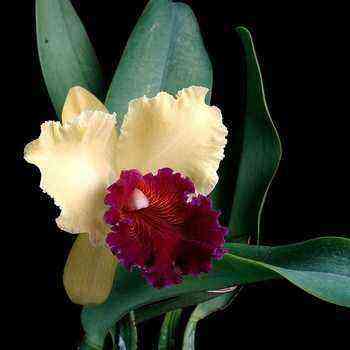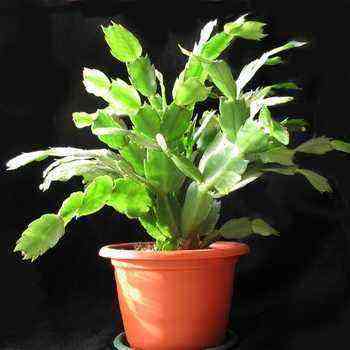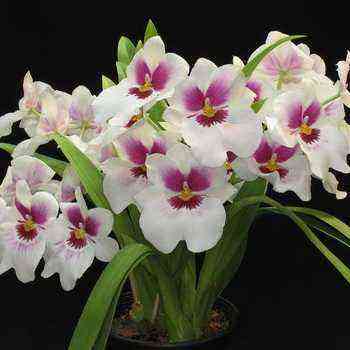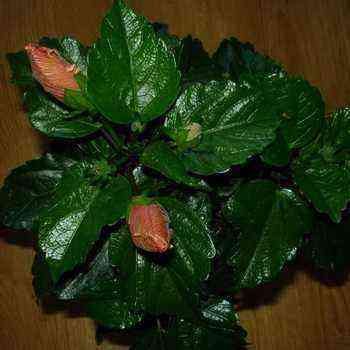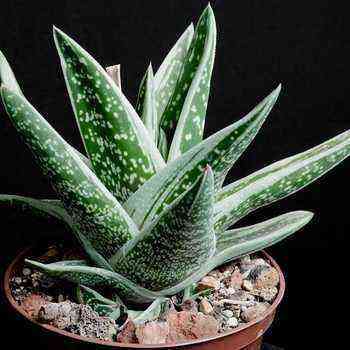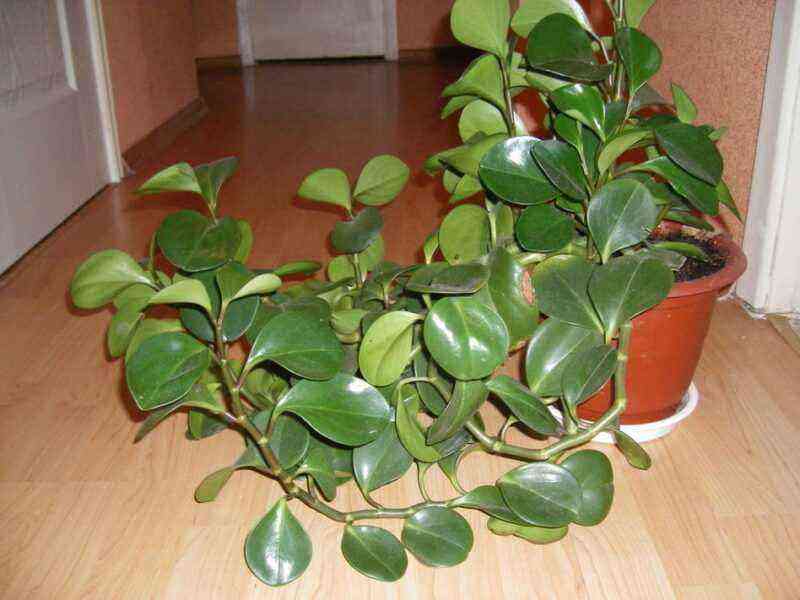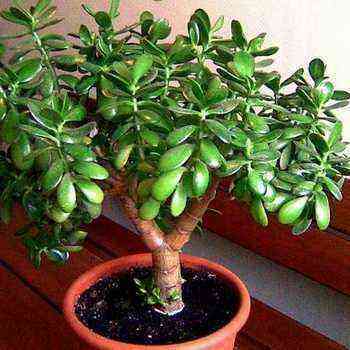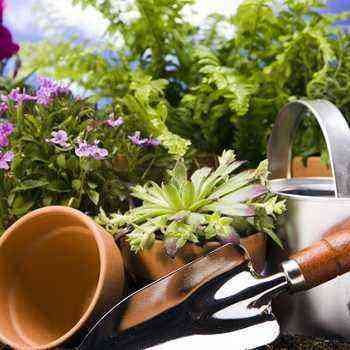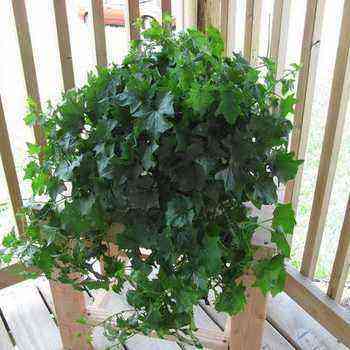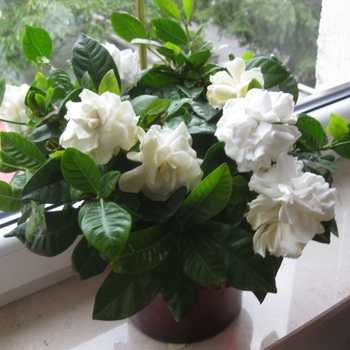 The gardenia plant has excellent decorative properties due to its glossy dark green foliage and creamy double flowers. Indoor plants such as gardenia are well known to flower growers. But, not everyone knows how to grow a gardenia at home, so there are legends about the complexity of agricultural technology and the capriciousness of culture. In the meantime, it is worth creating favorable conditions for growing gardenia and immediately begins a rapid growth of the vegetative mass and the release of buds one after another. The secret is quite simple – the flower loves acidic soil. And alkalization immediately leads to the fact that the root system loses its ability to absorb water and nutrients. Look at the correct care for a room gardenia: how it is done at home is shown in the photo, where all agricultural techniques are illustrated.
The gardenia plant has excellent decorative properties due to its glossy dark green foliage and creamy double flowers. Indoor plants such as gardenia are well known to flower growers. But, not everyone knows how to grow a gardenia at home, so there are legends about the complexity of agricultural technology and the capriciousness of culture. In the meantime, it is worth creating favorable conditions for growing gardenia and immediately begins a rapid growth of the vegetative mass and the release of buds one after another. The secret is quite simple – the flower loves acidic soil. And alkalization immediately leads to the fact that the root system loses its ability to absorb water and nutrients. Look at the correct care for a room gardenia: how it is done at home is shown in the photo, where all agricultural techniques are illustrated.
What a home gardenia flower looks like: description and photo
Family: Madder (Rubiaseae).
Homeland: China.
Evergreen flowering shrub. In nature, there are about 250 species common in the tropics of the Old World.
In the world of flower growers, the home flower is gardenia, or Cape jasmine. At the flower show, you can find this small shiny green shrub in the houseplants section. It will be decorated with delicate, creamy white double flowers. This flower was popular with our great-grandmothers. Large flowers with a stunning scent will delight you almost at any time of the year, as the gardenia blooms several flowers at short intervals throughout the year. The only pity is that the flowers are short-lived – 2-3 days. You can describe for a long time what a gardenia looks like, but it is better to see it live once and feel the scent of the buds.
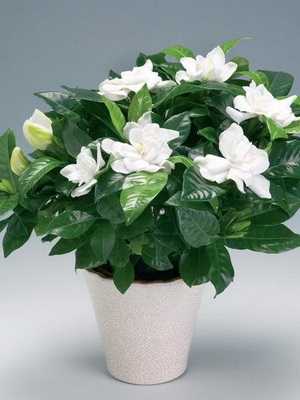

Blooming gardenia is a magnificent sight. In many publications, gardenia is characterized as a difficult plant to care for, difficult to tolerate the dry air of rooms. Therefore, do not buy an adult bush, since plants grown in a greenhouse do not get used to the room atmosphere well, get sick for a long time and often die. Take young plants from rooted cuttings or root the cuttings yourself. It’s not very difficult. The plant you have grown from a cuttings will be unpretentious. In general, it is light-loving, moisture-loving and thermophilic. The maximum size is from 50 cm to 1 m. Jasmine gardenia is grown in room culture.
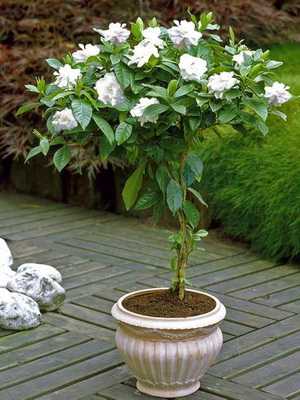
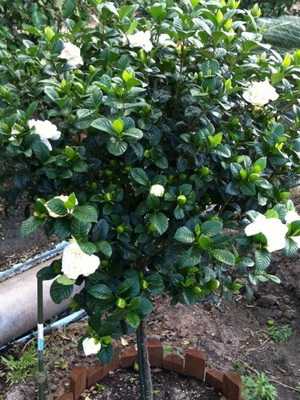
According to the description, gardenia is an evergreen shrub about 1 m high, in young plants the leaves are elongated-ovoid, pointed at the top, become more rounded with age, their color is bright or dark green, they are leathery, glossy. Buds usually appear at the ends of well-matured shoots. Flowers are single, double, waxy, with a strong pleasant aroma. At the beginning of flowering, their color is pure white, then takes on a yellowish tint.
Indoor plant gardenia
Flowering time: autumn, but if all the requirements for care are met, flowering can be achieved from April to July, and in specimens older than three years of age, even in winter.
When the gardenia houseplant grows tall enough (it can reach 1,5m in a few years), you can cut the flowers on short stems for bouquets. One flower is enough to fill a room with a sweet, powerful scent.
See what a home gardenia flower looks like in the photo, where the shrub is presented at different stages of development:
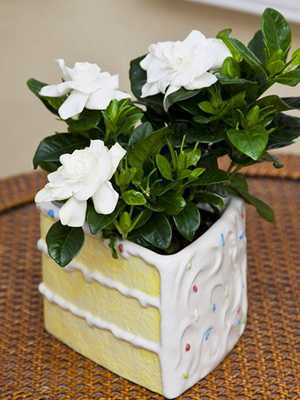

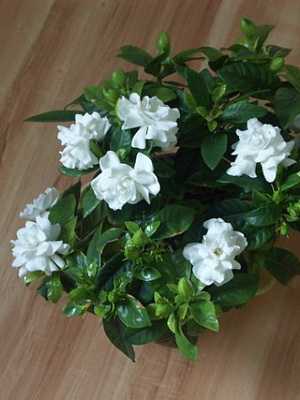

How to care for gardenia flowers at home
Before you start caring for your gardenia at home, you need to know that the complexity of growing is very high and just won’t be. It is quite difficult to successfully grow a gardenia and achieve flowering, even for a grower with extensive experience. But, if you have already acquired gardenia flowers at your disposal, then it is worth knowing how to care for them and what agricultural techniques to use.
Optimal location: southern exposure, sunny windowsill, winter garden.


Lighting requirements: moderate shade is acceptable, does not like direct sun. Flowers open only in sunny weather or with special intensification of artificial lighting. For the good development and flowering of gardenia, full-fledged lighting is needed with protection from direct sunlight in summer during the hot hours of the day.
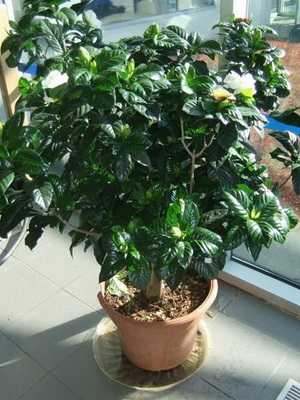
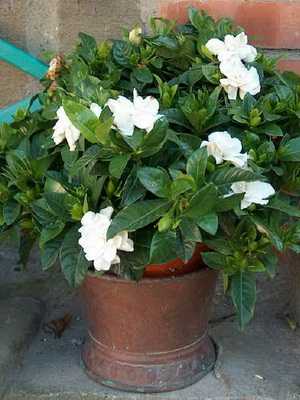
It is quite possible to cultivate this Asian shrub as a container plant. However, it should be removed indoors when the temperature drops to 10 ° C. If the humidity is not too low, the gardenia can hibernate in the living room. Otherwise, this evergreen should be placed in a bright place at a temperature of 12 to 16 ° C and watered sparingly.
Secrets: how to care for a gardenia indoor flower
Temperature requirements: The indoor gardenia flower is a thermophilic plant, although it can withstand lower temperatures (about 14 ° C) in winter, provided that the transition to them is gradual. He does not like sudden changes. Flowering can occur only at temperatures not lower than 18 ° C during the day and 16 ° C at night. Prolonged too high temperatures (about 24 ° C and above) lead to increased shoot growth to the detriment of flowering. These are not all the secrets of growing.
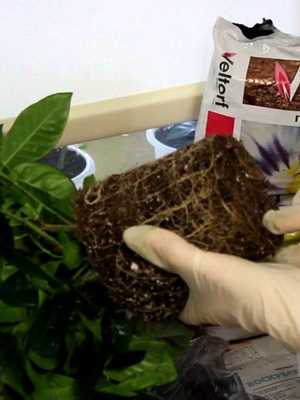
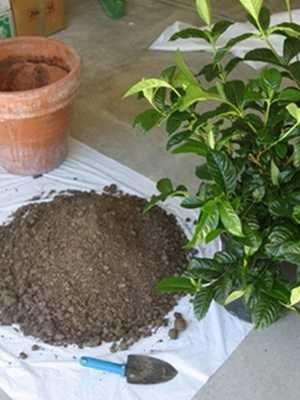
Before you take care of your indoor gardenia flower, you need to plant it in the correct substrate. A mixture of equal parts of sod, humus soil with sand and peat is optimal; Soil pH should be slightly alkaline or neutral. With increased acidity, gardenia leaves turn yellow. You can also use universal soil mixtures with pH = 6-7.
Watering: during active vegetation and flowering, abundant watering is required. In summer, the shrub is very much in need of moisture. But it is not resistant to hard water with a high calcium content. Therefore, it must be watered with rain or boiled water. During the period of active growth, spraying is necessary.
Feeding: gardenia is sensitive to iron deficiency, therefore, specialized feeding containing this element is desirable for it. For young plants, alternating feeding with solutions of mullein and mineral fertilizers or the use of combined organomineral ready-made fertilizers are useful.
Transfer: annually in the spring. Usually, the transplant is combined with pruning.
Trimming: after flowering, the gardenia must be cut off. It is advisable to pinch young shoots to enhance branching. After flowering, the plant is pruned.

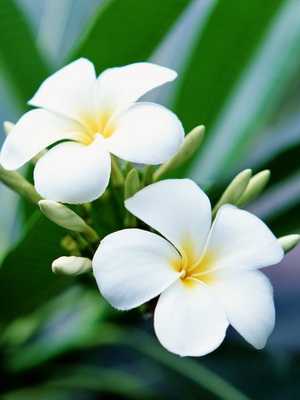
Note. Some gardenia species bloom again: in October-December. It should be remembered that flower buds are laid at a temperature of at least 16 ° C at night and at least 18 ° C in the daytime, at high temperatures (22-24 ° C) there is an intensive growth of vegetative shoots to the detriment of the setting and development of flower buds, therefore cultivate at high temperatures should only be used with young cuttings and rooted cuttings. Plants over three years old bloom profusely and for a long time in winter. Caring for them consists in regular watering, transplanting, pruning weak shoots.
How gardenia reproduces
You also need to know about how gardenia reproduces by cuttings. What techniques are used by experienced flower growers for this process is described later in the article.
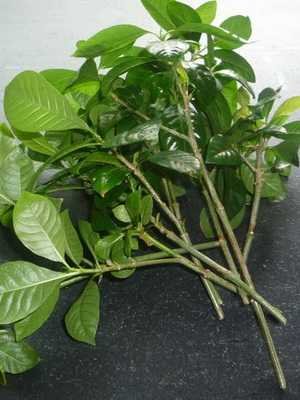
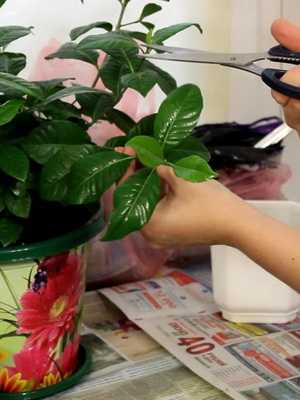
Reproduction by green and semi-lignified cuttings in spring and winter (they are rooted in a mixture of peat and sand with mandatory bottom heating at a temperature of 25-28 ° C), less often by seeds. Gardenia is a slow-rooting species, therefore, to speed up the process, it is advisable to use phytohormones.
The practice of propagating gardenia by cuttings
Now let’s move on from theory to practice. For gardenia propagation, the apical cuttings are cut up to 8-10 cm long between December and March and again in August-September, placed in a mixture of sand and peat (1: 1) at a temperature of 22-24 ° C. Cuttings take root within a month, after which they are planted in pots with a diameter of 7 cm in a composition of turf, humus, peat soil and sand in equal parts, watered abundantly and sprayed.
After braiding a lump of earth with roots, it is transferred into 11-centimeter pots in the same soil mixture. The fit should be snug. The tops of the shoots are pinched to stimulate branching, the weak shoots are removed.
Young plants are fed with mullein (1:10) every two weeks, alternating with fertilizing with a solution of mineral fertilizers. Plants bloom in 1–1,5 years.
Diseases and pests of gardenia
Growing Problems: Gardenia pests include scale insects and aphids. Diseases and pests of gardenia can be seen in the pictures presented on this page.

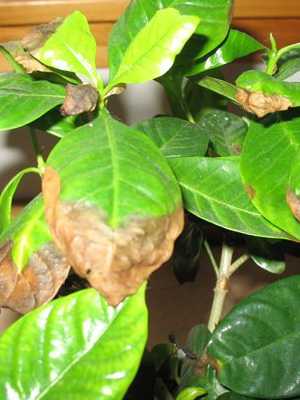
The plant suffers from brown leaf spot, damage to the buds by spider mites. It is useful to spray the bushes with warm water several times a day. This is the best spider mite remedy. It can also get sick with leaf chlorosis. The disease manifests itself with old and brown spots, blackening and leaf fall.
Turning relative to the light source is contraindicated for flowering plants.
The main reason for the dropping of buds observed during cultivation in room conditions is the drying out of the clod of earth, dry air and sharp temperature fluctuations, the lack of regular watering, drafts, and keeping at low temperatures (less than 16 ° C). Leaves turn yellow when temperatures drop to 14 ° C and when planted in very acidic soil. This phenomenon can be prevented or slowed down by placing the plant in a room with a higher temperature or gradually raising it, as well as watering or spraying with a weak solution of ferrous sulfate.
Medicinal properties
In folk medicine, the fruits and roots of gardenia are used to prepare decoctions, using them as an anti-inflammatory, antipyretic, hemostatic agent, as well as for jaundice, some diseases of the skin, esophagus, mastitis, stomatitis, tonsillitis.
Gardenia fruits are effective in treating lung diseases and fever; in crushed form, they are applied to wounds and bruises, injuries, burns, tumors.
Decoctions of fruits and roots are also indicated for the treatment of lip and oral ulcers, dysentery, nosebleeds, hematuria, bloody vomiting, hepatitis, epidermal flu, mastitis and nephritis.
In Chinese traditional medicine, gardenia is used as an antispastic agent for headaches and respiratory diseases, inflammation of the biliary tract and gastrointestinal tract, as a diuretic for kidney diseases, and symptomatic for insomnia and fatigue.
In different parts of the plant, the carotene glycoside crocin was found, which causes choleretic activity. Traditionally used gardenia fruit extracts have been shown to lower blood pressure.
